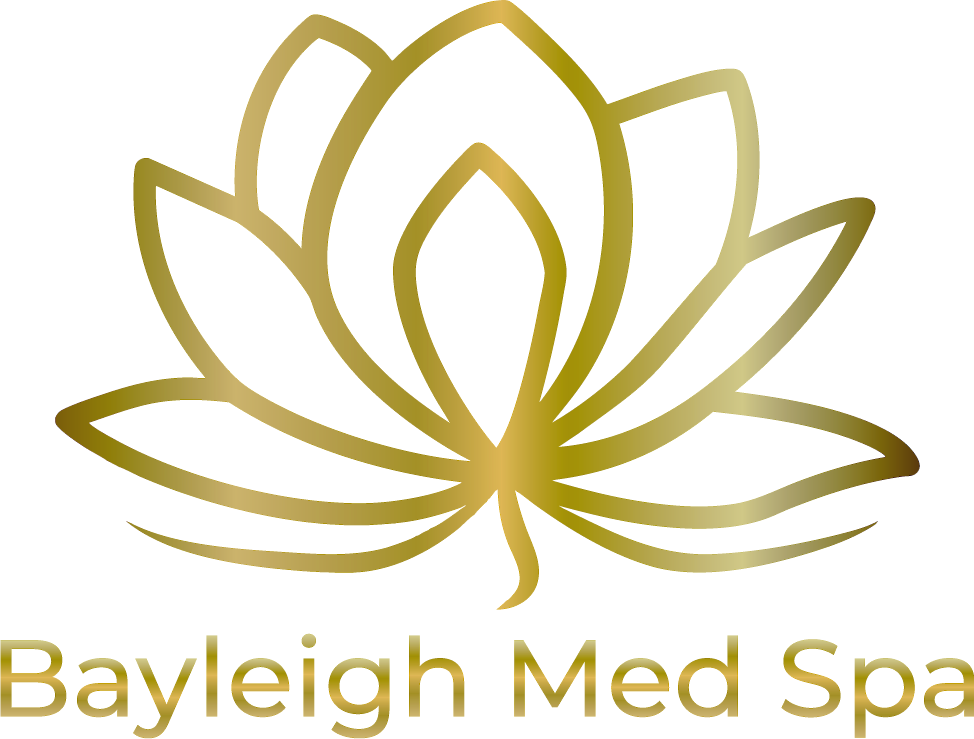
Aesthetic neuromodulators, primarily botulinum toxin type A (e.g., Botox, Jeuveau, Dysport, Xeomin), are used to temporarily reduce facial wrinkles and fine lines by relaxing specific muscles. They are also employed for conditions like hyperhidrosis (excessive sweating), jaw slimming, and certain medical disorders such as migraines or muscle spasticity. Aesthetic Neuromodulators Botulinum toxin is a neurotoxic protein produced by Clostridium botulinum. In aesthetic applications, it works by inhibiting the release of acetylcholine, a neurotransmitter responsible for muscle contraction, at the neuromuscular junction.
This muscle relaxation smooths dynamic wrinkles (e.g., crow’s feet, forehead lines) caused by repetitive facial movements.
Duration: Effects typically last 3–6 months, after which nerve endings regenerate, and muscle function returns.
The toxin is metabolized and excreted, leaving no permanent residue.
Administration: Injected in small, precise doses into specific muscles using fine needles.
Purpose of Use Aesthetic: Reduce dynamic wrinkles (e.g., glabellar lines, crow’s feet, forehead lines).
Soften facial expressions for a more youthful appearance.
Reshape features, such as slimming the jawline or lifting brows.
Neuromodulators FDA Approval: Botulinum toxin products like Jeuveau, Botox, Dysport, and Xeomin are FDA-approved for specific aesthetic and medical indications.
Rigorous clinical trials have established their safety when used by trained professionals.
Side Effects: Common: Temporary bruising, swelling, or redness at the injection site; mild headache. Rare: Ptosis (drooping eyelid), asymmetry, or allergic reactions. Extremely rare: Systemic effects (e.g., difficulty swallowing or breathing) if improperly administered or overdosed.
Risk Mitigation: Safety depends on proper dosing, precise injection techniques, and administration by qualified professionals (e.g., dermatologists, plastic surgeons).
Contraindications include pregnancy, breastfeeding, neuromuscular disorders (e.g., myasthenia gravis), or hypersensitivity to the product.
Safety: Long-Term Safety- No evidence of cumulative toxicity with repeated use. Long-term studies (over 20 years) show no significant adverse effects when used appropriately. Resistance (due to antibody formation) is rare but possible with frequent, high-dose treatments.
Product Variations: Jeuveau, Botox, Dysport, and Xeomin differ slightly in formulation (e.g., protein complexes) and diffusion properties, but all are considered safe and effective.
Considerations Regulation: Products must be sourced from reputable manufacturers to avoid counterfeit or diluted versions.
Patient Selection: A thorough medical history and consultation ensure suitability.
Post-Treatment Care: Patients are advised to avoid rubbing injection sites or strenuous activity for 24 hours to prevent toxin spread.
In summary, aesthetic neuromodulators work by temporarily blocking muscle contractions to reduce wrinkles or treat medical conditions. When administered correctly, they are safe, with minimal risks and well-established efficacy. Always consult a licensed professional for treatment.
What to know about Neuromodulators
“Botox, Jeuveau, Dysport, Xeomin”

